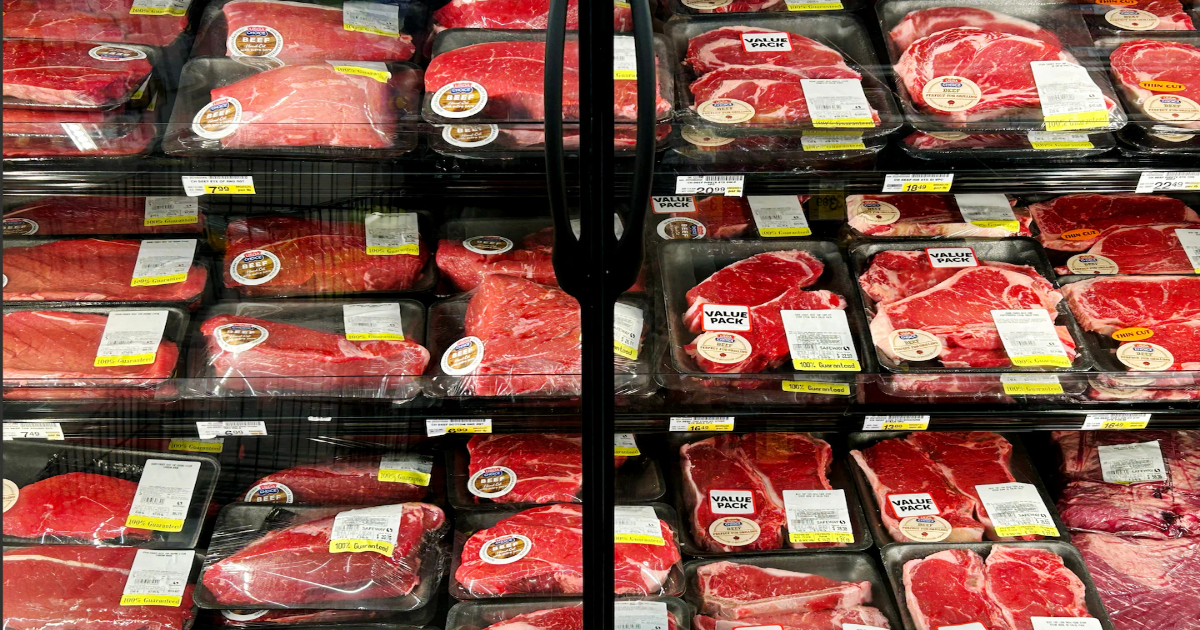BRUSSELS — The European Union hit back at President Donald Trump’s steel tariffs Wednesday, approving levies up to 25 percent on a broad list of U.S. products, as European leaders attempt a carrot-and-stick approach to bring Washington to the negotiating table.
While the list of products was not made public, a copy of the E.U. plan seen by The Washington Post shows it targeted a range of U.S. products including agricultural and industrial goods. On the list are soybeans, meat, iron, steel, textiles, tobacco and ice cream. An E.U. official said the tariffs would affect approximately $23 billion worth of imported U.S. goods.
The E.U. tariffs, some of which will take effect next week, were a belated response to U.S. steel and aluminum tariffs imposed last month. The 27-nation bloc is still formulating its response to other U.S. tariffs, including on cars, as well as to a blanket 20 percent tariff on most of Europe that Trump announced last week. The 20 percent duties went into effect early Wednesday.
The E.U. has pursued a phased, relatively restrained strategy as its leaders weigh the risk of escalation with Washington. But European officials have warned that the Trump administration appears intent on reshaping the global trading system and for the moment appears uninterested in compromise.
After weeks of deliberation, the E.U. list, approved Wednesday in a committee vote representing the 27 member states, has been pared back from an initially projected $28 billion worth of goods. Officials suggested that American bourbon, which emerged as a flash point, was removed from the list after Trump threatened to hit back with a 200 percent tariff on European alcohol, which would deal a severe blow to France’s and Italy’s wine industries.
“The EU considers U.S. tariffs unjustified and damaging, causing economic harm to both sides, as well as the global economy,” the bloc’s executive body, the European Commission, said after the meeting in a statement that expressed its preference for a deal.
“These countermeasures can be suspended at any time, should the U.S. agree to a fair and balanced negotiated outcome,” it said.
While the E.U.’s overall response to Trump’s global trade blitz has been measured, the bloc’s opening move Wednesday was an attempt to hit the United States where it hurts. Policymakers said they selected U.S. tariff targets with a focus on products made in the home states of Republican leaders, as well as goods the E.U. might be able to secure from other countries. The aim, they said, was to nudge Washington toward negotiations while limiting the pain for European businesses.
Some of the tariffs the E.U. announced Wednesday date back to Trump’s first term and were suspended under the Biden administration. Those will be reimposed April 15. Other levies, including on textiles and tobacco, will take effect May 16. A 25 percent tariff on almonds and soybeans will not kick until Dec. 1, the E.U. plan shows.
The decision to have soybean and almond tariffs start in December would give the bloc more time to source those products elsewhere, “until after this year’s harvest,” one of the diplomats said.
Hungary, led by Prime Minister Viktor Orban, an ally of Trump’s, was the only member state to oppose the plan on Wednesday, two E.U. diplomats said, speaking on the condition of anonymity to share internal deliberations.
Next week, the European Commission is expected to present steps for responding to Trump’s car tariffs and the 20 percent blanket levy on the bloc. Some European leaders have threatened further retaliation, including the possibility of targeting U.S. digital services.
European Commission President Ursula von der Leyen said this week that the E.U. would be willing to offer zero-for-zero tariffs on cars and industrial goods, but Trump said that would not be enough to lift the U.S. tariffs. The Trump administration has also complained about other E.U. barriers, including what it describes as stringent safety regulations.
